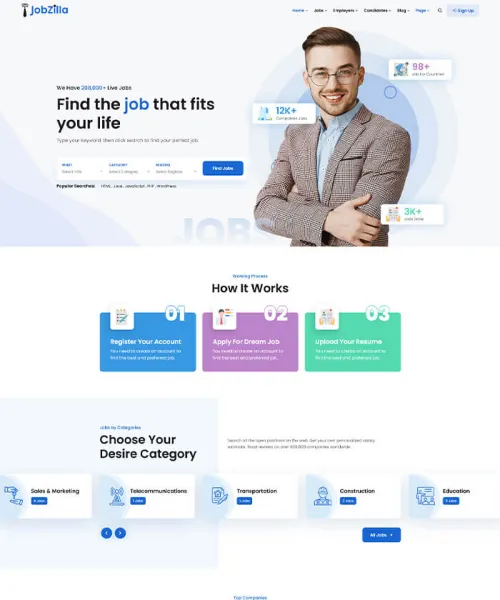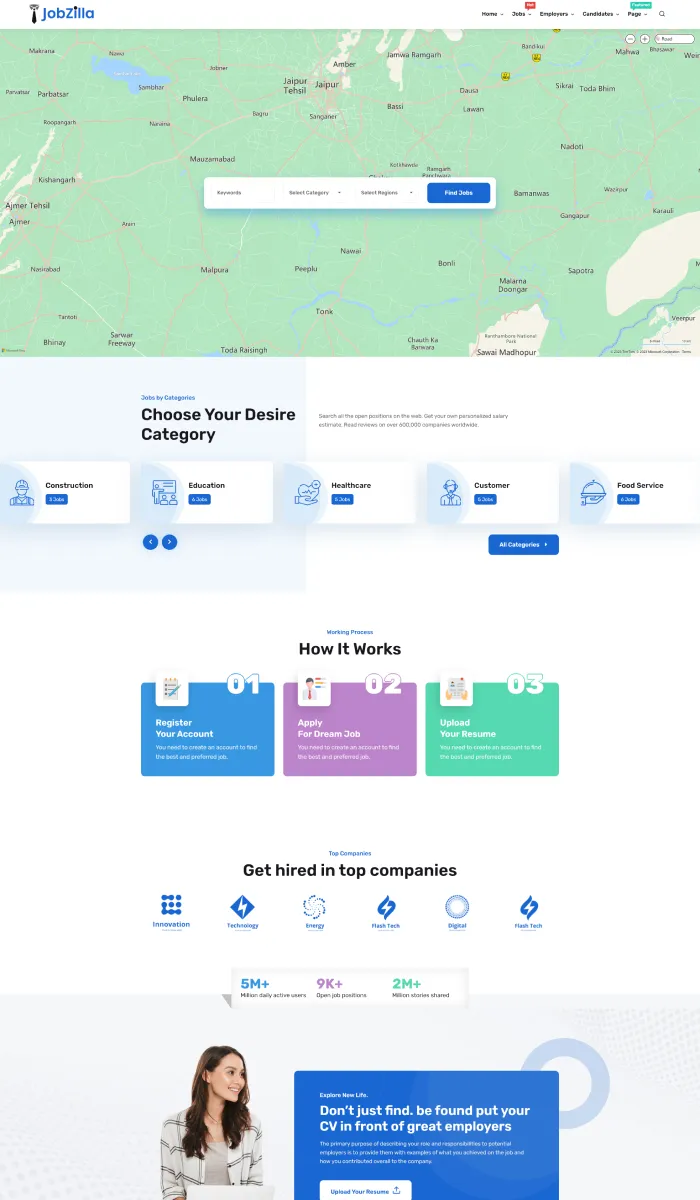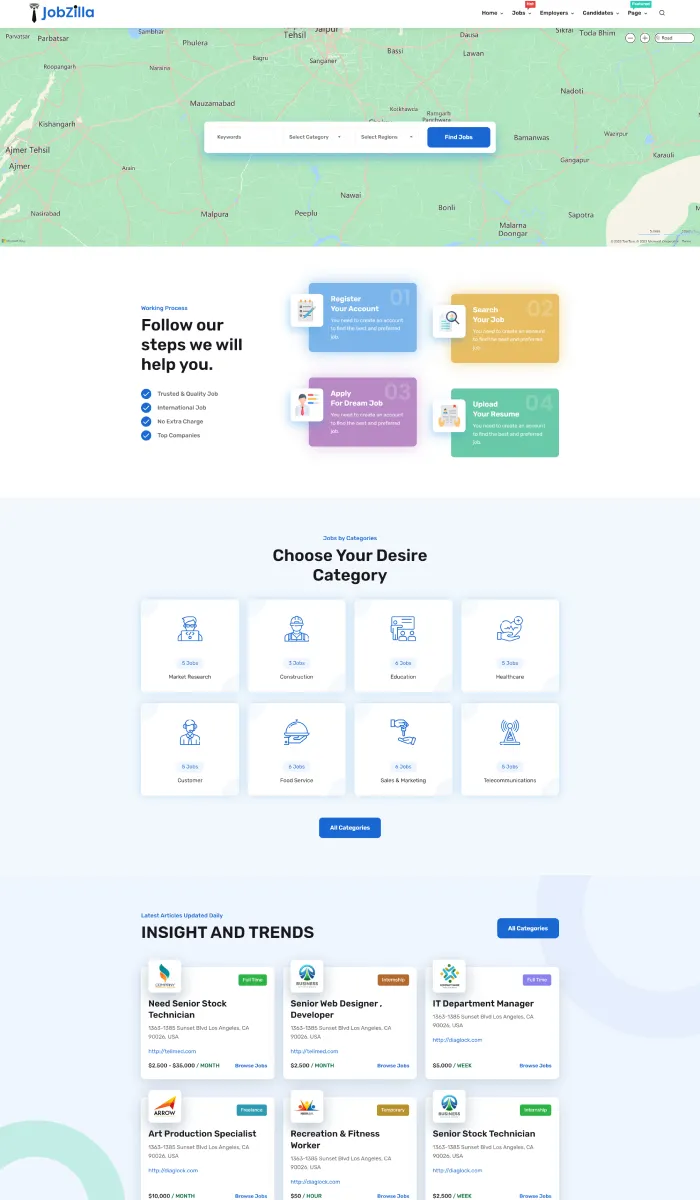How Climate Resilience Shapes Modern Innovation
Understanding Climate Resilience as a Catalyst for Innovation
Climate resilience defines a system’s capacity to anticipate, absorb, adapt to, and recover from climate disruptions. Unlike static survival, it embodies a proactive evolution—transforming how infrastructure, agriculture, and urban environments respond to volatility. As extreme weather intensifies, innovation no longer stops at reducing emissions; it now centers on building adaptive capacity that sustains function amid uncertainty. This shift marks a fundamental rethinking of design and function across sectors.
The evolution of resilience thinking
Originally rooted in passive adaptation—such as flood walls or emergency response plans—climate resilience now drives proactive transformation. In infrastructure, for example, cities are designing systems not just to withstand storms, but to dynamically reconfigure. In agriculture, drought-resilient crops developed through gene editing and climate modeling now boost yields in arid zones by up to 30%. Such innovations exemplify how resilience becomes a core design principle rather than an afterthought.
The Core Educational Concept: Adaptive Systems in Innovation
At its heart, climate-resilient innovation reflects the principles of adaptive systems—models that maintain stability through feedback loops, redundancy, and modularity. Unlike rigid, one-size-fits-all solutions, resilient systems evolve continuously, absorbing shocks without collapsing. Systems thinking underpins this shift, enabling innovators to anticipate cascading impacts and engineer solutions that remain effective across diverse stressors.
This mindset contrasts sharply with traditional approaches: instead of building for a single “expected” future, resilient innovation prepares for multiple, uncertain scenarios. For instance, smart urban drainage systems use adaptive sensors to reconfigure during extreme rainfall—ensuring flood risk is managed dynamically rather than relying on fixed thresholds.
How Climate Resilience Drives Modern Innovation
Climate resilience is reshaping innovation across fields through three key drivers:
- Redefining Risk: R&D cycles now integrate climate risk assessments from inception. Products are engineered with foresight—anticipating heatwaves, floods, or supply chain shocks. This proactive stance reduces long-term costs and enhances reliability.
- Material and Design Innovation: Breakthroughs in heat-resistant, flood-tolerant, and low-carbon materials are redefining construction and manufacturing. For example, self-healing concrete and bio-based insulation materials improve durability and reduce environmental footprints.
- Digital and Data Integration: AI-powered predictive tools and real-time monitoring enable adaptive decision-making. Smart grids adjust energy flows during extreme weather, while urban sensors optimize water management in real time—turning data into actionable resilience.
These innovations do not exist in isolation. They emerge from a holistic understanding of systems, where resilience is not an add-on but a foundational trait guiding every design choice.
Case Studies: Climate Resilience as a Design Principle
Real-world examples demonstrate how resilience principles are transforming practice:
| Example | Innovation | Impact |
|---|---|---|
| Smart Urban Drainage Systems | Adaptive sensors and modular infrastructure | Reduced city flooding damage by 60% during extreme weather events |
| Drought-Resistant Crop Varieties | Gene editing and climate modeling | Yield increases up to 30% in arid regions |
| Floating Architecture Prototypes | Modular, buoyant designs | Adaptation to rising sea levels in coastal cities |
These innovations reveal a clear pattern: resilience is engineered not just for survival, but for sustained functionality under stress.
Beyond Products: Institutional and Systemic Innovation
True climate resilience extends beyond individual products to systemic transformation:
- Policy and Governance: Cities are adopting climate-resilient urban planning frameworks that blend public-private collaboration with inclusive community input, ensuring solutions reflect local needs and priorities.
- Financial Mechanisms: Green bonds and resilience impact funds channel investment into scalable, climate-smart projects—moving beyond single-product solutions to ecosystem-wide transformation.
- Cultural Shift: Industries from supply chains to energy grids are cultivating a mindset of continuous adaptation, where flexibility and learning become core operational values.
Challenges and Ethical Considerations
Innovating for resilience faces critical challenges. Equity remains central: marginalized communities often bear disproportionate climate impacts and may be excluded from innovation benefits. Ensuring inclusive access to resilient technologies is vital to prevent deepening climate injustice.
Scalability presents another hurdle. Locally effective solutions—like modular flood barriers or community-led early warning systems—may struggle with cost, regulatory complexity, or infrastructure gaps in global contexts. Balancing rapid deployment with long-term adaptability requires thoughtful design and policy support.
Finally, long-term foresight demands navigating uncertainty. While immediate adaptation is urgent, speculative innovation must also prepare for unpredictable future scenarios—from cascading climate tipping points to technological disruptions.
Looking Ahead: The Future of Climate-Resilient Innovation
The trajectory of climate-resilient innovation points toward three transformative trends:
- Circular and Regenerative Design: Products will be engineered for reuse, recycling, and ecological integration—closing material loops and supporting natural systems.
- Cross-Sector Collaboration: Bridging science, policy, and design enables co-creation of scalable, adaptive systems that span industries and geographies.
- Empowering Communities: Decentralized innovation models embed local knowledge with advanced technologies, fostering grassroots resilience from the ground up.
“Resilience is not about bouncing back—it’s about building forward, stronger and smarter.”
As climate volatility accelerates, innovation rooted in adaptive systems emerges not as a choice, but as necessity. From smart infrastructure and precision agriculture to inclusive policies and community-led solutions, climate resilience shapes a future where progress and sustainability go hand in hand—guided by foresight, equity, and systemic intelligence.
The Complexity of Optimization: From Math to Modern Games reveals how systems evolve through feedback and adaptation—much like climate-resilient innovation that learns and transforms in real time.

























